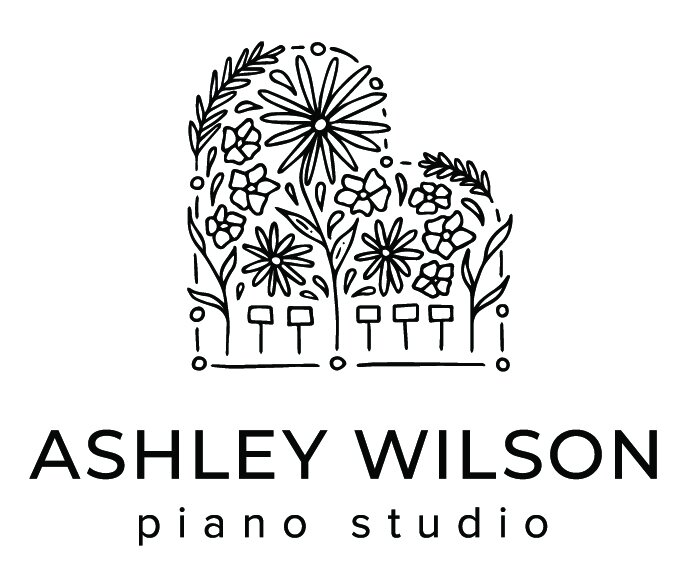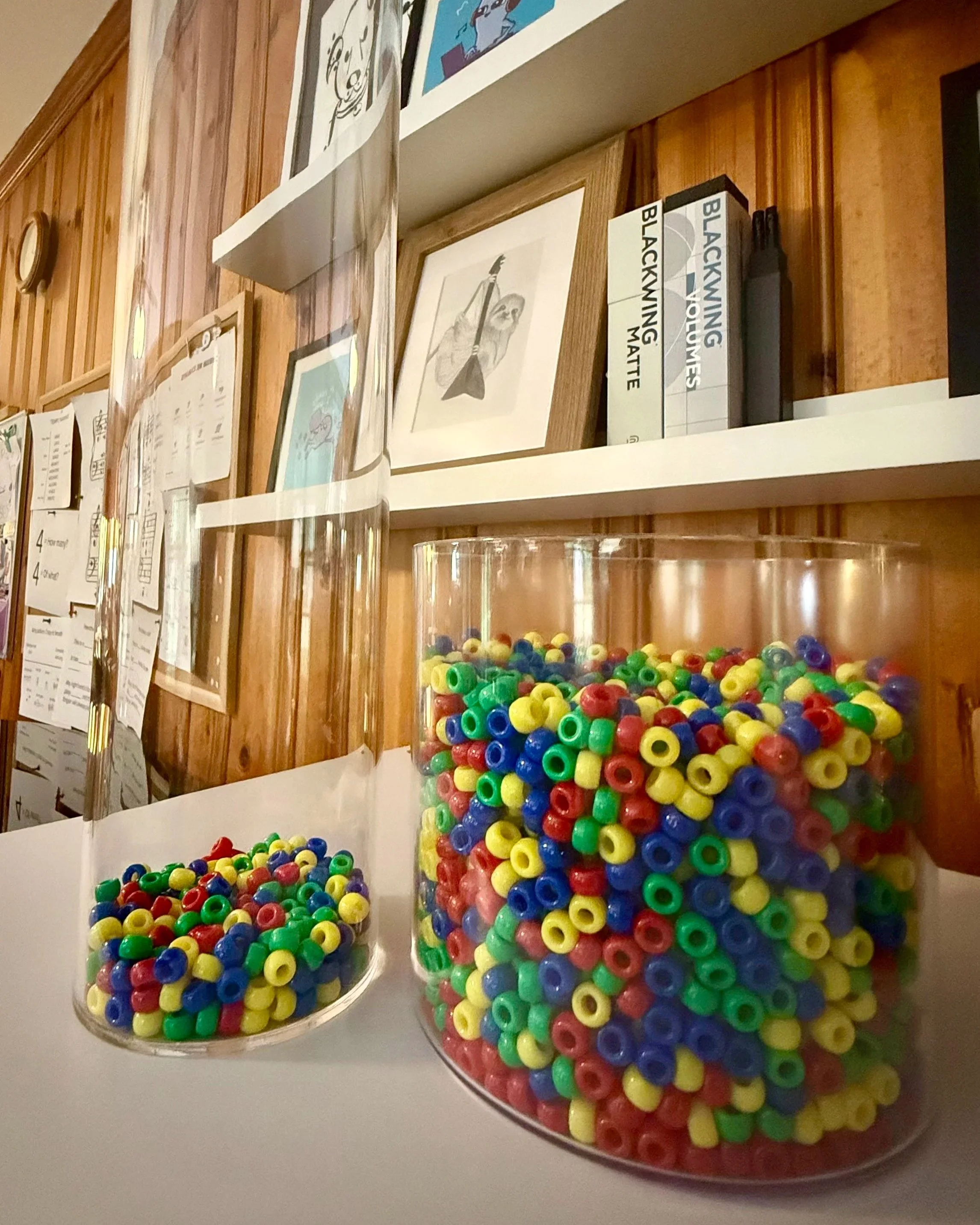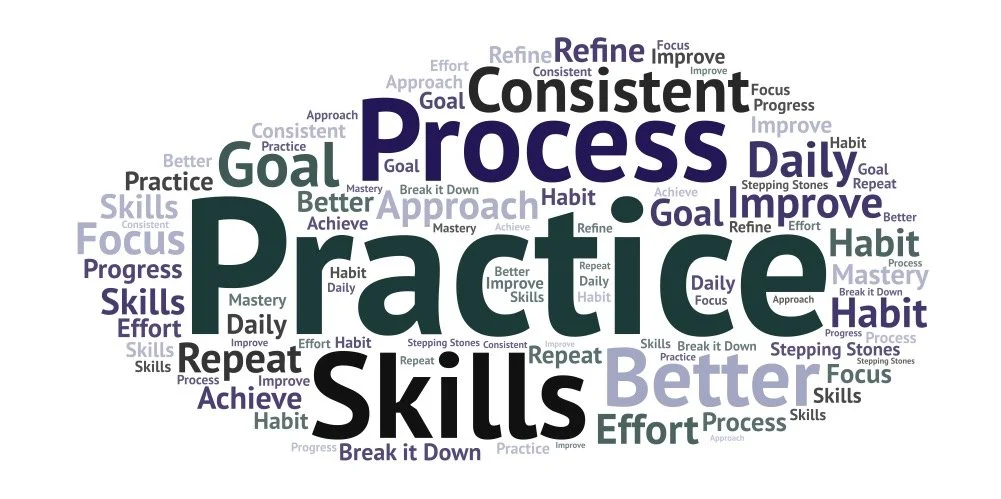Building community in the private studio
A “less is more” approach to fostering togetherness—you do not have to do it all!
Doing More of What Works
Studio cultures naturally evolve over time, and mine is no exception. Several years ago, weekend group lessons were a cornerstone of community-building. Now, the individualized private lesson experience—augmented by occasional opportunities for collaboration throughout the year—is what my students and their families tend to prefer. I find that this structure resonates most with me, too, and leaves me with room to focus more on what works for my studio. With that said, building a supportive and connected studio environment without relying on group lesson experiences has been a particular challenge over the past couple of years. After all, is literal togetherness—being in the same space at the same time—not the mainstay of community?
With one-on-one lessons being the focal point for this stage of my career, I still want students to feel like a part of something bigger, without venturing into different lesson formats that would stretch my current bandwidth. These are some simple, easy-to-implement ideas that have worked well to foster connection among students. And none of them require a group lesson dynamic!
Sight-reading card swaps
As an exercise in music notation, students create sight-reading examples for each other several times per year. Students are paired according to their reading level, so they often keep the same partner(s) for an entire school year or longer, helping each other grow at a pace that is appropriate for both individuals.
Initially, very clear parameters are set for what to include in student-made cards. As they progress, students can request cards that focus on a particular growth area (e.g. make a card with lots of intervals of fourths; make a card that uses triplet rhythms; make a card that starts on a ledger line, etc.). The multiple areas this exercise targets—music reading, notation, music theory, review of foundational concepts, collaborating with others—make it an incredibly valuable activity in my studio.
Tracking collective progress
This year, the studio-wide practice challenge involves learning all of the major and minor pentascales in eight variations. Variations include legato, staccato, contrasting touches between hands, contrasting rhythmic speeds between hands, contrasting volumes between hands, primary chord progression outlines, a rotational pattern, and home triad types (major, minor, augmented, diminished). That’s a lot of pentascales—with 192 ways to play them, to be exact!
When students master a variation, they may add a bead to the giant jar. This is such a simple reward, but watching the jar fill as the weeks pass has been a huge lesson highlight, and students feel a sense of connectedness without competition; they can focus on their progress and contributions without hyper-fixating on someone else’s.
Themed word clouds
This spring, I collected students’ definitions of practice and made a cloud of often-used words and phrases from their responses. Students have enjoyed seeing the commonalities between definitions and taking inspiration from others’ perspectives on practicing. The word cloud now hangs by the studio entrance and is reminiscent of a learning contract. Each time they walk into a lesson, students see their own words represented. I plan to continue this trend with other music-related words!
Compliment cards
At the past few studio recitals, students and their families have had the opportunity to write compliment cards for performers. These have been incredibly successful, with hundreds of cards being submitted at each event. Students (and their families) are always bursting with kind things to say to each other! They are permitted to quietly fill out their cards during performances, which I’ve noticed encourages more active listening at recitals. Occasionally, I even find a compliment card written to me, which is an added warm-fuzzy!
In Conclusion
One of the most important lessons I’ve learned as a teacher is how to focus my energy wisely. Learning to assess what works, what doesn’t, and consciously choosing to focus on what is working has become an invaluable skill. As a highly passionate person with a perfectionistic streak (the classic archetype of musicians, it seems!), my default inclination is to try to do all the things, and I know so many fellow music teachers who feel similarly. Hopefully, the ideas I’ve shared will serve as an example of how doing less with more focus and discernment can be impactful.













































































